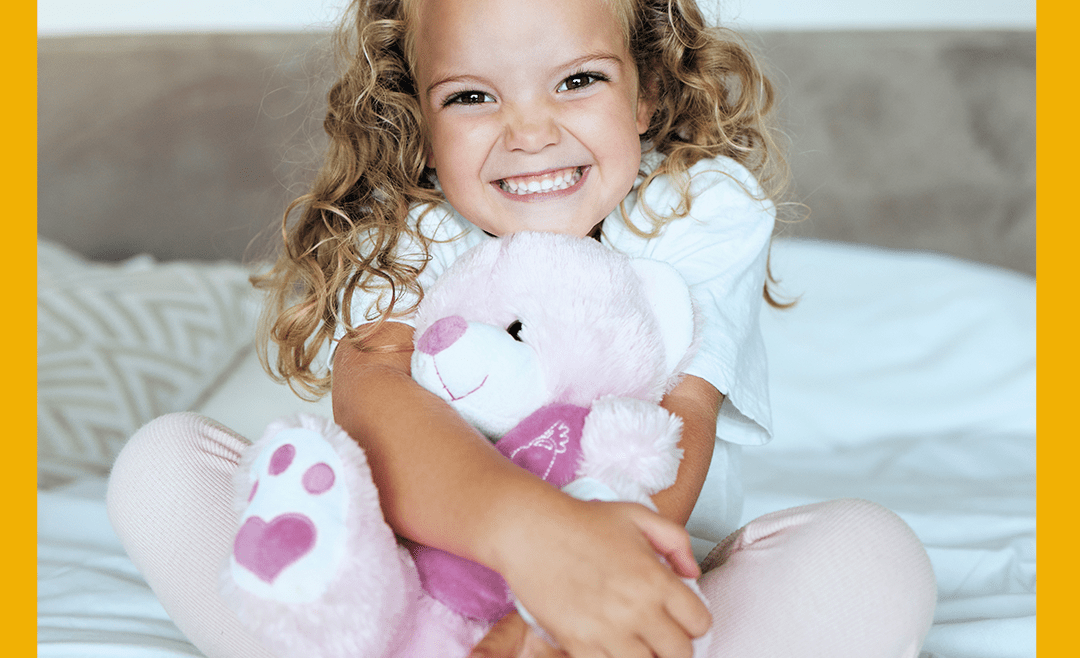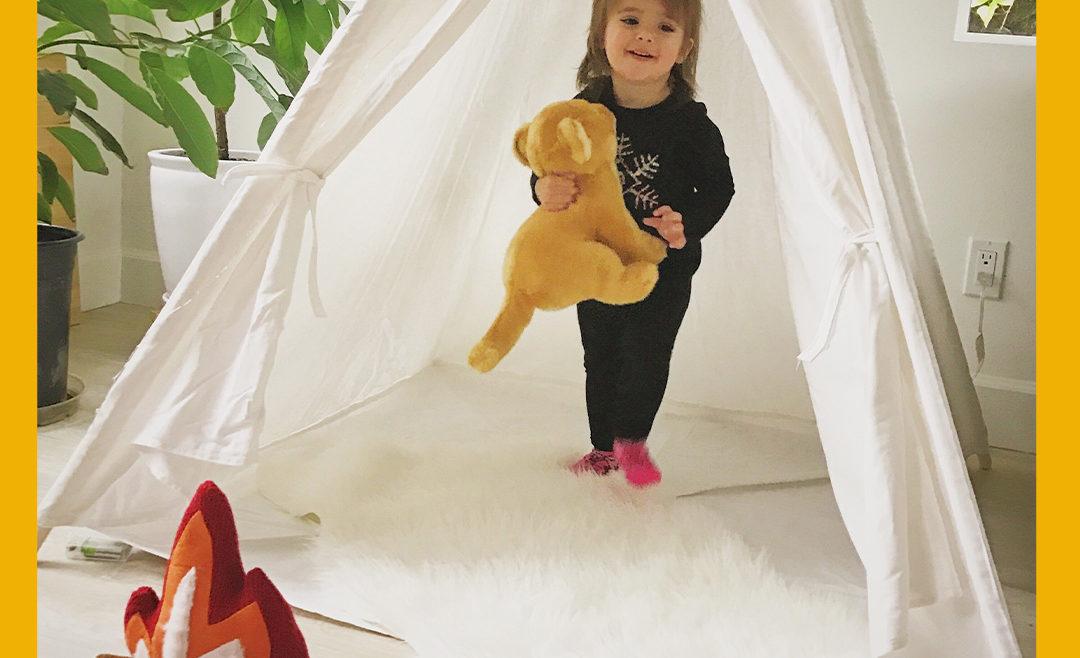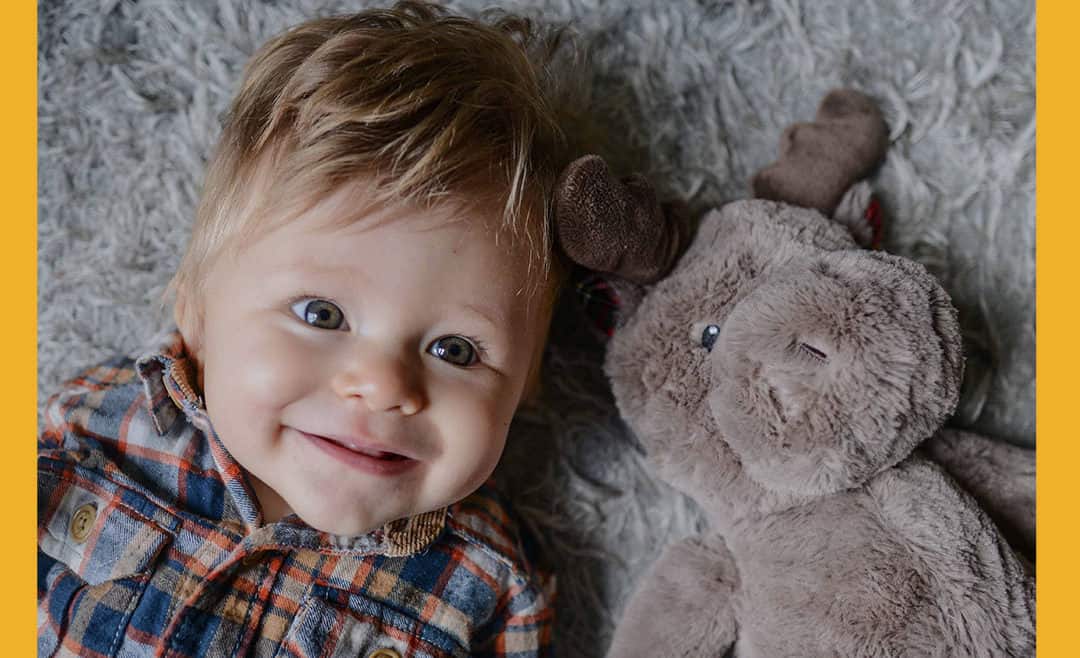With September comes two of our favorite holidays – National Family Day and National Teddy Bear Day! Having a caring and loving family is extremely important when it comes to a child’s development, as it allows them to work on their skills in a supportive environment. Further, stuffed animals are also an incredible support system for kids, as they are a source of comfort for many children during therapy and in challenging times.
A child’s family and their favorite stuffed animal play such a pivotal role in their development, which is exactly why we love celebrating these two holidays throughout the month of September. For this year’s celebration, we wanted to share some activities that you can try together as a family. Not only do these activities allow you to enjoy some quality family time, but they also incorporate your child’s favorite stuffed animal and work on developing your child’s fine motor skills, gross motor skills, balance, and speech.
Ready to get started? From having a stuffed animal race to participating in a stuffed animal freeze dance and more – here are some great stuffed animal-based activities that your family can try on National Family Day and beyond.
Have a Stuffed Animal Race
Get ready to burn off some energy with a stuffed animal race! To begin, you and your child will need to come up with some obstacles they can complete while holding their favorite stuffed animal. For example, your little one can walk across a tape balance beam, stack three blocks on top of each other, and toss their stuffed animal friend into a basket. Time your child and see how long it takes them to complete the course, and then have them try to beat their time during their second run-through!
Paint Your Stuffed Animal Friend
Another great activity your little one will love is painting their favorite stuffed animal friend. Gather some paintbrushes, paint, and paper, and get ready to be creative! Set your child’s favorite stuffed animal in front of them where they can see it, and ask them to paint a picture of their furry friend. Once they are done and the painting has dried, sit down with your little one and have them use their imagination to create a story about their stuffed animal!
Try Stuffed Animal Freeze Dance
The final activity we recommend trying is stuffed animal freeze dance! Turn on some of your child’s favorite tunes and get ready to move. Your child will need to show off their favorite dance moves while holding their stuffed animal friend. But they’ll need to be careful! From time to time, you will need to pause the music, and your child will have to stop dancing and freeze. If your child can successfully freeze each time the music stops, they win!
Stay tuned and follow our social media (Facebook, Instagram, Pinterest) all September as we continue to share fun activities, tips, toys we love, and so much more. Further, please don’t hesitate to contact us anytime to discuss if your child would benefit from pediatric therapy. Our team is here to support you and your child in any way we can.




